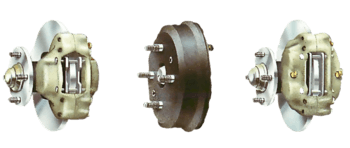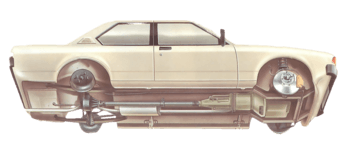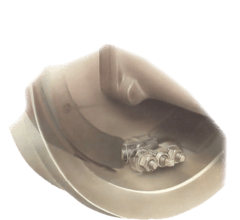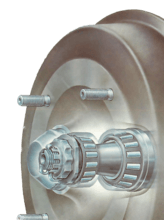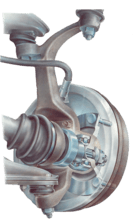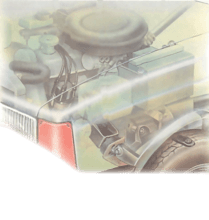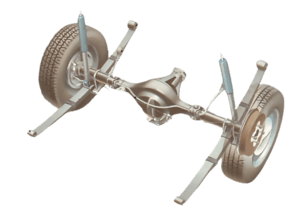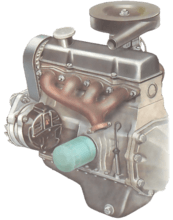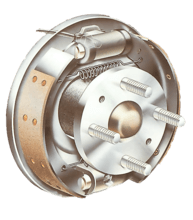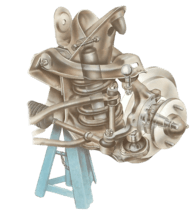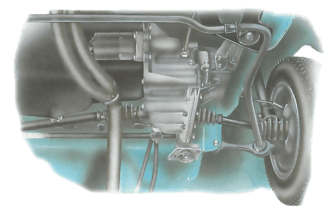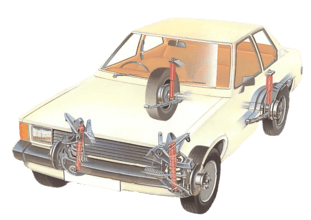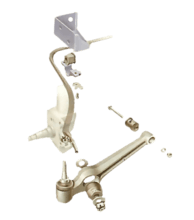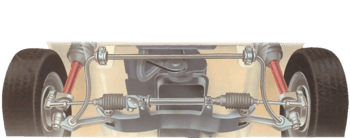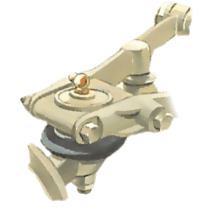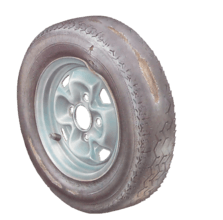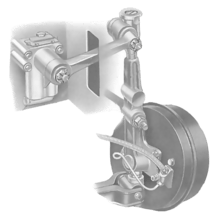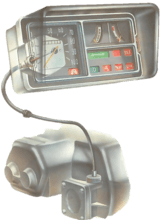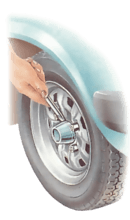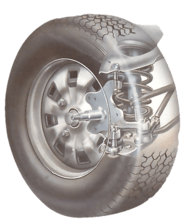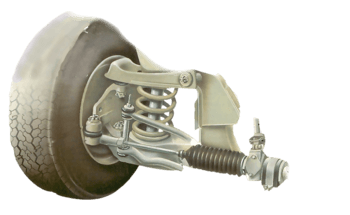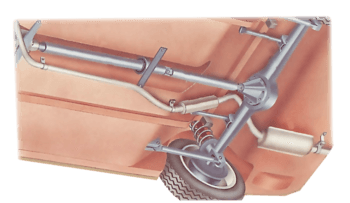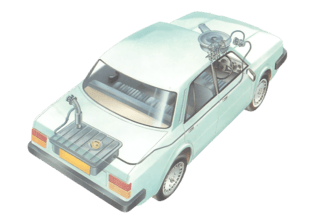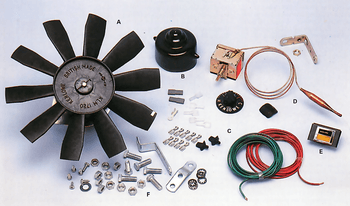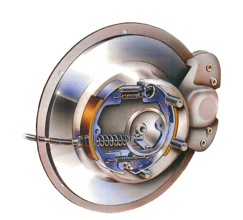Cable
Screw jack

The jack that is normally supplied with the car may be a pillar jack or a scissor jack. Both are raised by winding with a handle. A screw jack is designed for lifting one corner of the car only in order to change a wheel. It can also be used to raise one corner at a time to place axle stands - never get under a car that is supported only by a jack.

Make sure the jack is on a level base. Position it at a jacking point or under a structural member, not under a sheet-metal part.
Hydraulic jack
Trolley jack

A hydraulic jack makes lifting the car to place axle stands an easier task. It is levered by a long handle.
Hydraulic jacks may be bottle (upright) jacks, or more expensive trolley jacks (on castors). A 1 ton (1,016 kg) lifting capacity is usually sufficient. For regular use it may be worth buying a trolley jack, but they can be hired. A double-lift jack has a low starting height, so is useful for cars with low ground clearance.
A jack is a mechanical device used as a lifting device to lift heavy loads or apply great forces. A mechanical jack employ a screw thread for lifting heavy equipment. The most common form is a car jack, floor jack or garage jack which lifts vehicles so that maintenance can be performed. Mechanical jacks are usually rated for a maximum lifting capacity (for example, 1.5 tons or 3 tons). More powerful jacks use hydraulic power to provide more lift over greater distances and can be rated for many tons of load.
Read more on Wikipedia
Cet outil est utilisé dans
Most car manufacturers recommend renewing the hydraulic brake fluid every 18 to 24 months. The fl...
On a fairly new car, covering the underbody with sealing compound will discourage corrosion. It c...
A typical braking system uses disc brakes at the front of the car and drum brakes at the rear....
Non-driven wheel bearings - the front-wheel bearings of rear-wheel-drive cars and rear-wheel bea...
Driven wheels - independent suspension Cars with front-wheel drive have front-wheel bearings that...
The rubber anti-vibration mountings of an engine may crack or come away from the metal plates to ...
Leaf springs are likely to wear because they have several moving parts. They should be inspected...
Check the engine oil level weekly more often if the engine is consuming some oil, and always bef...
Brake fluid is generally renewed when a leaking or sticking wheel cylinder on a drum brake is re...
If you have to replace a coil spring on the front suspension, the replacement spring must be of ...
Une boîte contient un grand nombre de pièces mobiles. Certains d'entre eux sont immergés dans l'...
Modern telescopic dampers cannot be overhauled at home. The only servicing possible is to replac...
The forces imposed on the anti-roll bar subject it to constant twisting and flexing, which in tu...
Presque toutes les articulations et pivots dans un système de suspension moderne sont en caoutch...
Either or both of the upper and lower swivels may have grease nipples; ball joints have them on ...
Tyres are put under tremendous strains when a car is being driven. There are only four relativel...
Front lever-arm damper A lever-arm damper on the front often acts as part of the suspension unit....
Speedometer failure is likely to be caused by a fault in the cable that runs from the gearbox to...
When you take the wheels off to inspect the tyre walls, clean the wheels thoroughly and look clo...
Steering swivel pins may wear out after a high mileage (60,000 plus), or sooner if they have not...
Most modern cars have sealed for life joints in at least part of the steering system. These do no...
A damaged or worn exhaust system allows waste gases from the engine to escape before they have p...
The fuel supply system is generally reliable and any problems that do occur are usually traceabl...
Fitting an electric, thermostatically controlled fan in place of the mechanical, engine-driven t...
Most cars are still fitted with drums on the back wheels with the handbrake operating directly o...

